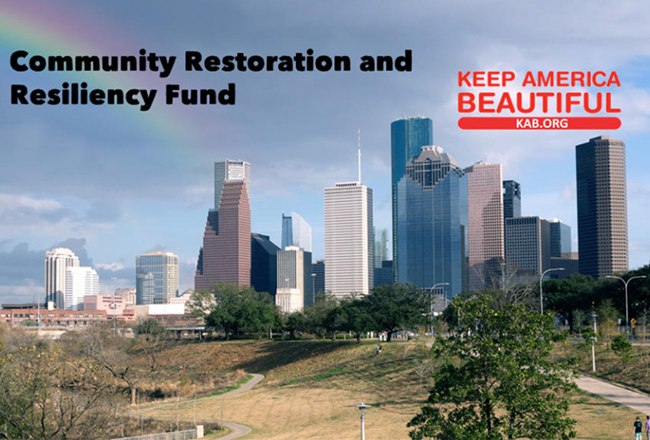It is poorly understood that there is no such thing as affordable new construction in Westchester and Fairfield counties without huge federal, state and local taxpayer subsidies. In order to make the rents affordable, these grants, soft loans and tax credits can amount to $350,000 for a one- or two-bedroom apartment.

A sampling of three recent “fair and affordable” apartment projects constructed under the federal consent decree in Westchester revealed that the average cost per unit was $420,000 for mostly one- and two-bedroom rental apartments ”” about $500 per square foot. The costs are driven not only by expensive land costs but also by the restrictions placed by local and state environmental and building code regulations, and especially local boards seeking to satisfy neighbors who don”™t want the apartment buildings in the first place. The complex Low Income Housing Tax Credit program adds more cost.
So, in 2015, I had an idea.
Instead of building 750-square-foot apartments, why not build 1,500-square-foot single-family homes for first-time homebuyers, which communities might see as “more in keeping with the neighborhood?”
I had come across the last remaining low-cost, high-quality housing in the nation. Manufactured housing, formerly called mobile homes, are driven to a site in two pieces, where they are joined and placed permanently on a foundation. They remain truly affordable because unlike modular homes, which must follow local building codes, manufactured housing is constructed in a factory to federal code, preempting local regulations.
So, a beautiful Energy Star-rated manufactured ranch home with 1,500 square feet, three bedrooms and two full baths costs about $75,000, including everything from the furnace to the curtains and towel bars.
Using simple assumptions, adding the cost of land, site work and soft costs, I figured that our nonprofit agency could produce one of these homes on a single-family lot for about $290,000. With a $40,000 down-payment assistance grant from New York state, that would put the price tag at $250,000, affordable to families at or below 80 percent of the area median income, which amounts to $89,000 for a family of four in Westchester County.
The New York State Affordable Housing Corp. liked the idea and awarded Community Housing Innovations (CHI) $400,000 in down-payment assistance to develop 10 homes.
Our first challenge was to find level approved lots for less than $100,000.
We found one for $90,000 in the town of Cortlandt. The county agreed to pay the cost of the land, allowing the project to be included among the 750 units of fair and affordable housing required by the federal consent decree. It turned out that we needed that additional subsidy as costs multiplied.
We could easily have built four houses on the 1 ¼-acre we bought, but zoning wouldn”™t allow it and town officials just laughed when we inquired about going to the town board for permission.
To make a long story short, it took us one year and $360,000 to complete the home because of the delays and higher site costs.
Despite the additional cost, we still produced a 1,500-square foot-home on a 1 ¼-acre lot for $61,000 less than an affordable one- or two-bedroom apartment ”” a savings of more than 50 percent per square foot.
Think about the possibilities if any of Westchester”™s towns or villages valued affordable housing. They might be willing to adjust their zoning, perhaps to allow up to four homes per acre, contingent on the developer making the homes affordable to first-time homebuyers.
So, with the house completed, I contacted every town supervisor and village mayor in the county, inviting them to see for themselves an affordable single-family alternative to multifamily apartment buildings. The open house occurred on Aug. 3 and despite my emails and phone calls, nobody attended except the Cortlandt deputy director of planning, Chris Kehoe, who delivered a very nice award from Supervisor Linda Puglisi and the town board congratulating CHI on our production of an affordable house. The buyer, selected by lottery, happens to rent a home a couple of blocks away.
I”™m not sure what to make of this, except that it may confirm what we already know from decades of public hearings: towns and villages in Westchester really have little interest in clearing the way for affordable housing, whether single family or multifamily. The objection is not esthetics, but economics.
Hard to believe this is the same county that, between 1909 and 1937, allowed mail-order houses from Sears, Roebuck & Co., offering bungalows for $1,400 and houses resembling Southern mansions for $5,140. Up to 1,000 remain, costing several hundred thousand dollars today.
While we were able to find one other site for a manufactured home that is nearly complete, it looks like we may have to give back about $320,000 in grants to the state. We are reaching the end of the two years given for us to develop all of the 10 homes and we will have to give the money back if we don”™t find sites soon.
That is, unless a town or the county itself would like to demonstrate that affordable single-family home ownership can still work by making land available for more manufactured homes.
Alexander Roberts is executive director of Community Housing Innovations Inc., a fair housing organization headquartered in White Plains. He can be reached at aroberts@chigrants.org or 914-683-1010.



















